When it comes to safety don’t mess around, probably the one thing I have learnt from the transition of teenager to adult in all the crazy sports I do, is how much a single injury can mess everything up and put me back to square one, simplified in this case as “we no longer bounce when we hit the floor”. Follows is a list of all the safety aspects in regards to the mountains so you can be prepared for your next trip!
First things first
|
When it comes down to enjoying your time on the mountain, choosing the right clothing is essential. Without the right clothing you could end up over heating, sweating and drenching yourself from the inside out, or simply getting soaked which in the conditions of the mountain can make you cold damp and miserable and can even result in hypothermia. Check out our snow clothing range here: |
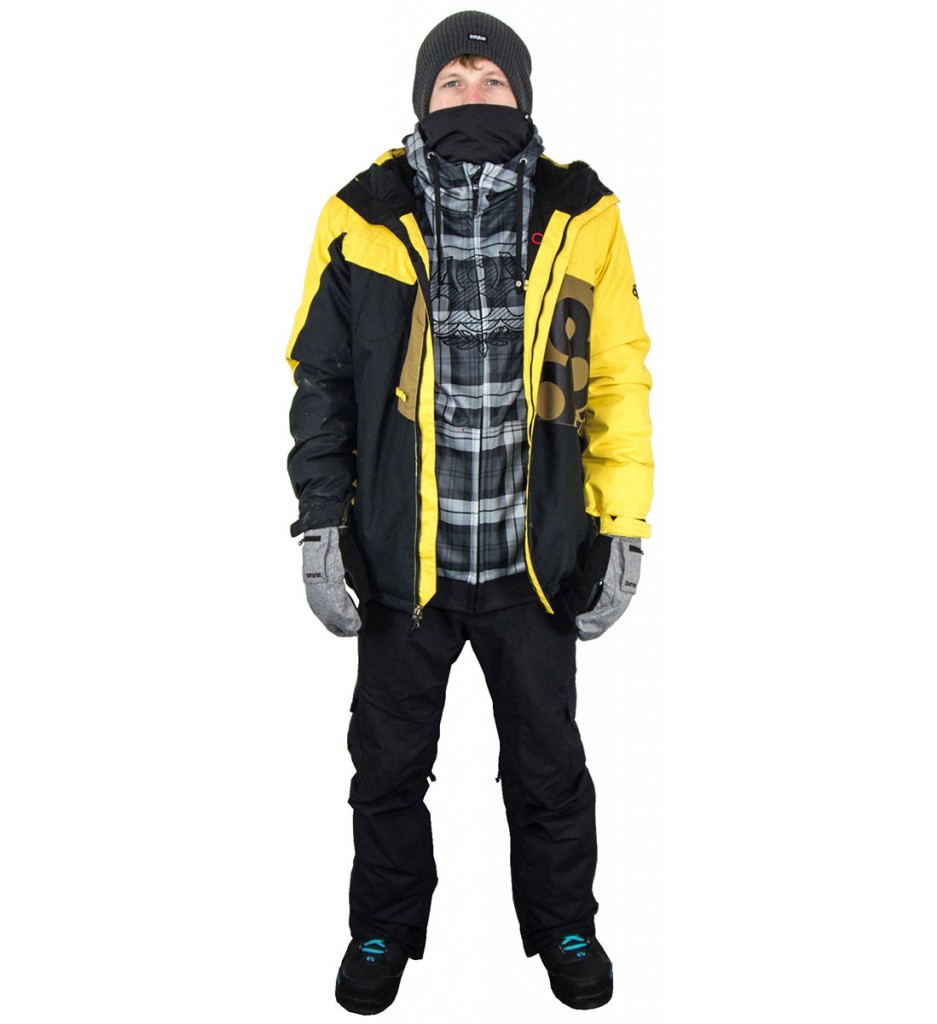
|
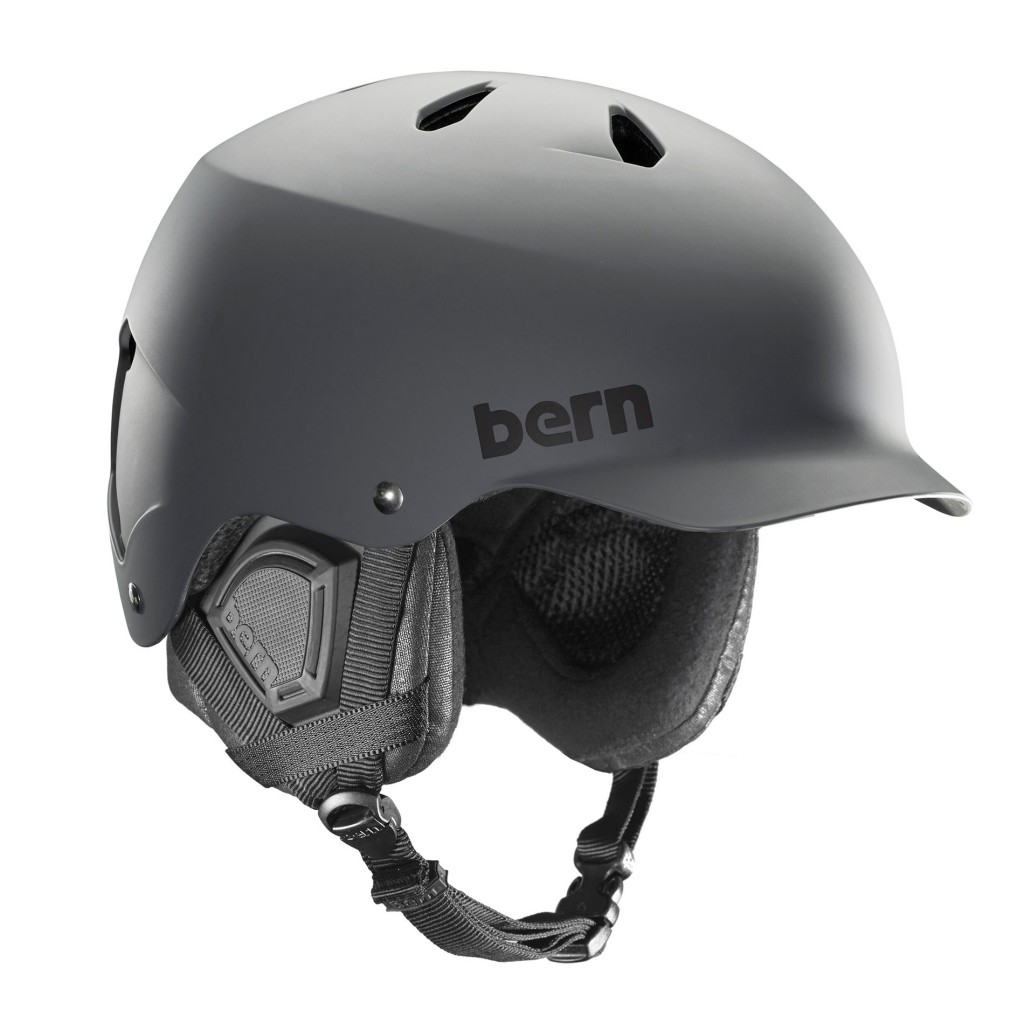
|
Make sure you keep your head protected, you can pick up helmets cheap and cheerful that will do just that! However when purchasing a helmet, it may be worth considering the following three points before handing over your money: 1. Second hand or “used” helmets can be classed to be unsafe and almost useless if they have encountered a heavy impact previously, this may not only weaken the shell but can potentially crack/ split the internal padding of the helmet to which may significantly reduce the protection of your head. 2. Certification. Snow sports helmets are tested for faults and deficiencies and are certified for public recognition of this. There are helmet brands out there that do not do this and although may be the cheaper option we would always recommend going for a certified helmet. At the end of the day think of the smarter option before you cant think at all… 3. Fit. Whether the helmet is or isn’t certified and has seen a thousand crashes before getting to you, if it doesn’t fit you properly theres no way it’s going to work. You can measure the circumference of your head with measuring tape or you can get to the shops and try some out in person, either way the helmet shouldn’t feel constricting like its cutting off circulation, nor should it feel loose as though wobbling when you shake your head. It should feel comfortable and secure with the chin strap done up nicely under your chin. Another advantage of having a helmet is it prevents wind chill and keeps your head not only protected but warm! Some helmets you can get integrated audio for more intense session on the mountain also. Check out our helmet range HERE |
|
Having UV protection for your eyes is not only a smart option in regards to safety, but generally if you want to see on a bright sunny day after a fresh dump, then you might want to invest in some sunglasses for some down time and a set of snow goggles for riding. Having goggles with interchangeable lenses allows you swap from a dark lens to a low light one to suit the conditions on the mountain in order to see where your going. |
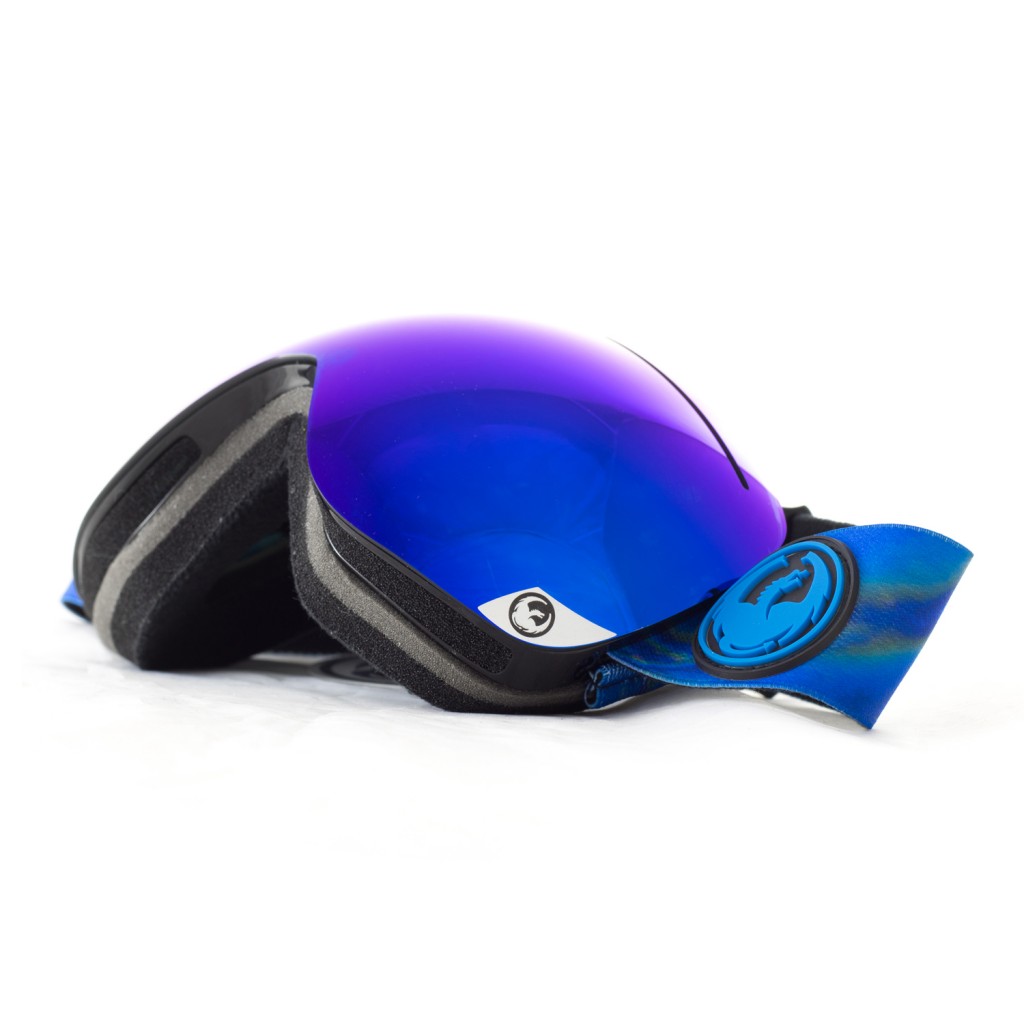
Check out our Snow Goggle range HERE. |
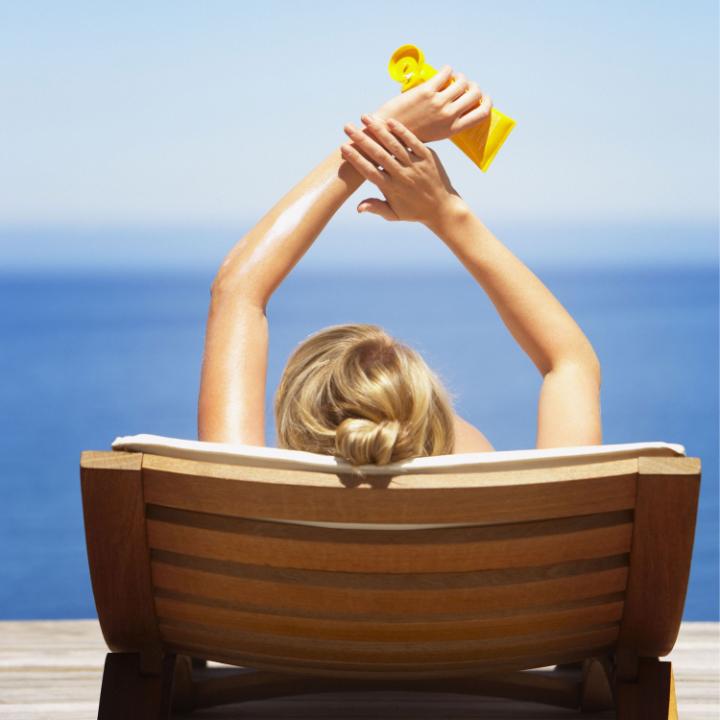
|
Just because you’re in the cold snowy mountains, it doesn’t mean you wont get sunburnt! You are in fact more likely to be toasted as you are of course closer to the sun up a mountain and surrounded by white snow which reflects light and rays! UV rays have proven to be a deadly foe amongst snowboarders and skiers and a small investment in suncream for a day on the slopes wont go a miss! |
|
Beginners in Snowboarding are undoubtedly gonna be falling on their ass a lot, but whats the first thing you put out when your falling? Your hands. A rather common injury in Snowboarding is sliding out on ice putting your hands down and snapping your wrist. Wrist guards are there to reinforce and prevent your wrist from bending over a certain angle on impact. Trust me, they’re worth getting, ESPECIALLY when learning. Get your wrist guards HERE. |
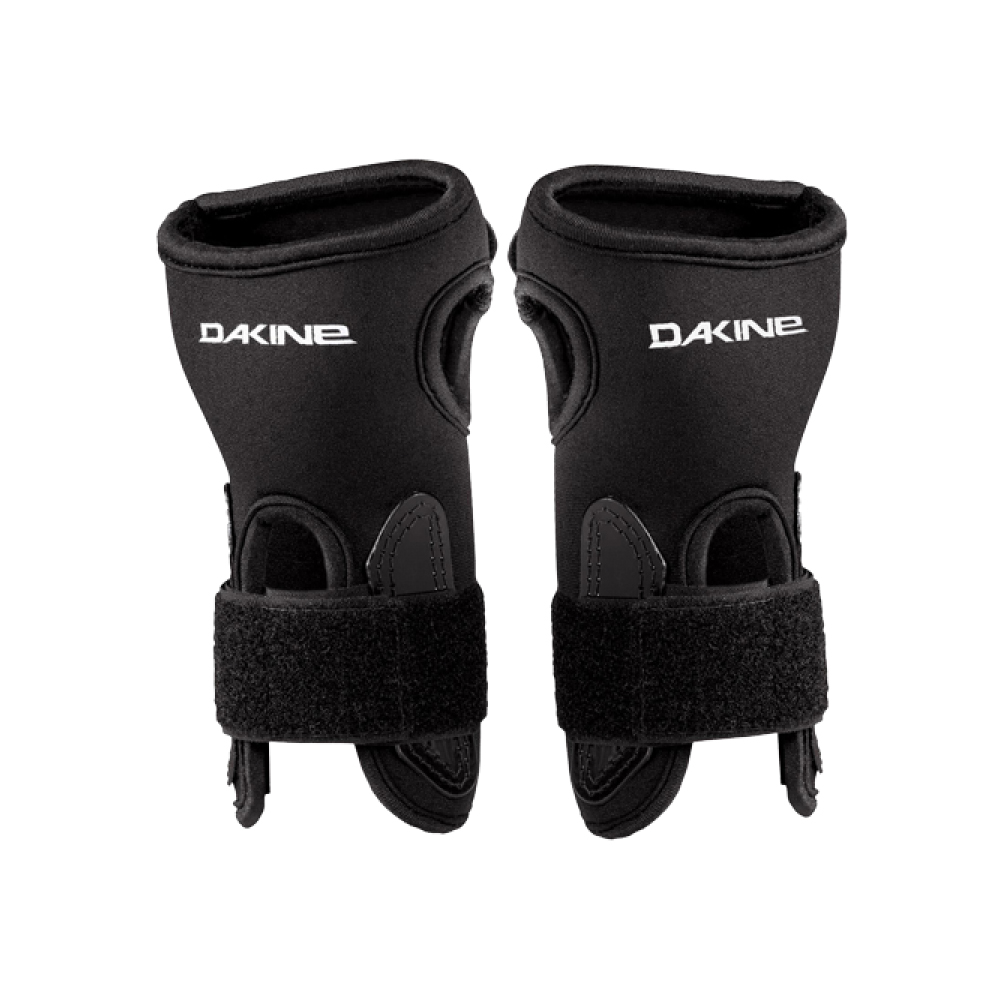
|
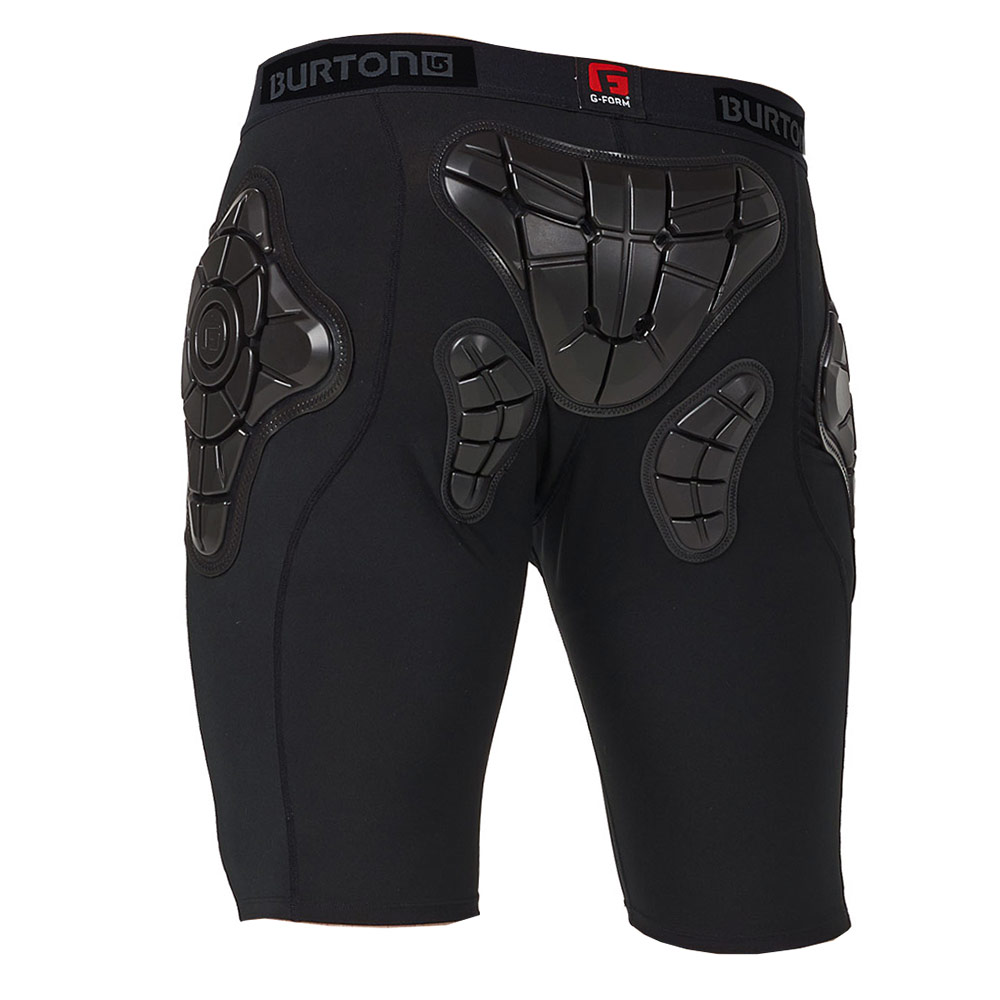
|
Although not quite as necessary as wrist guards and helmets, but spare a thought for your coccyx! Falling on your ass can take it’s toll on the tail bone and hips, especially in icy conditions. Again not a necessity but worth a thought if your thinking of going big! Get your padded shorts HERE. |
|
On a mountain of white, ice can be the cause of an un-forseen injury. Wearing pads can often be a good idea after a week or so without snow when there’s a lot of ice about, as falling can be just as bad if not worse than falling on concrete, especially when slamming it down the mountain trying to race your mate. Get padded up HERE. |
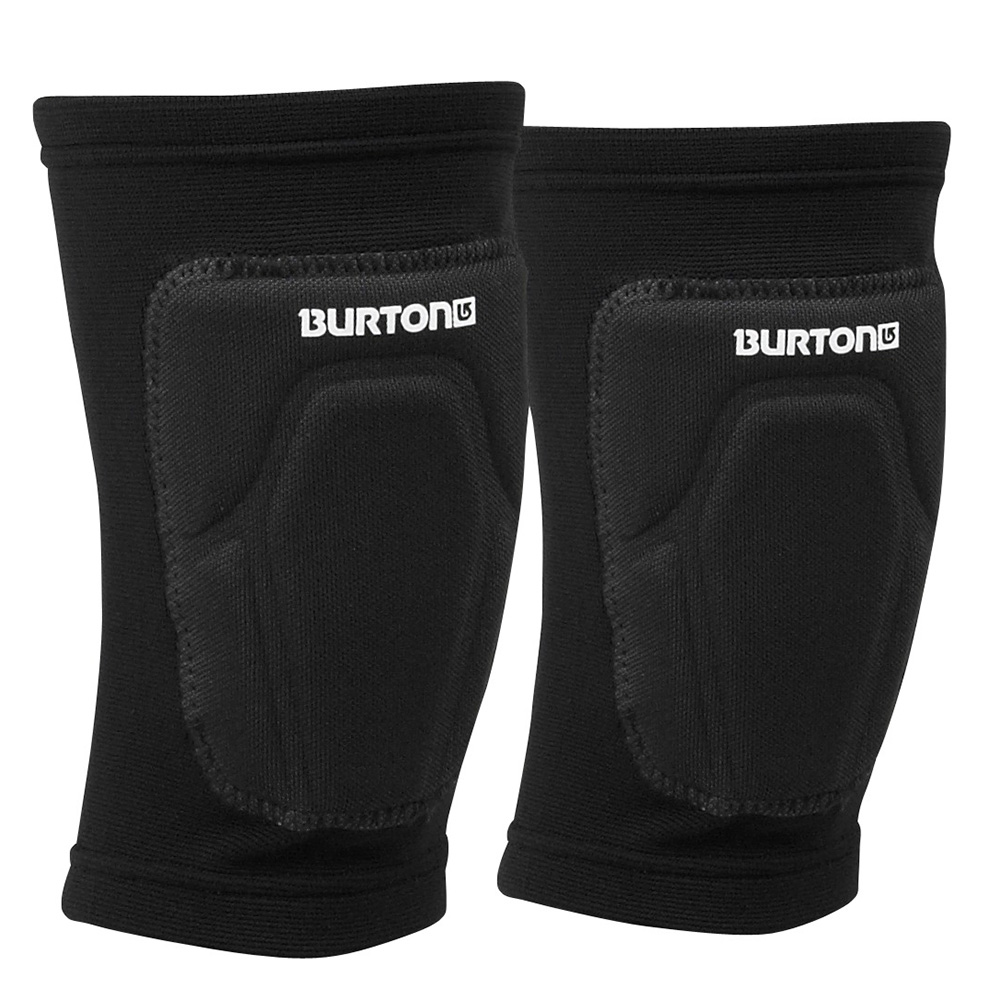 |
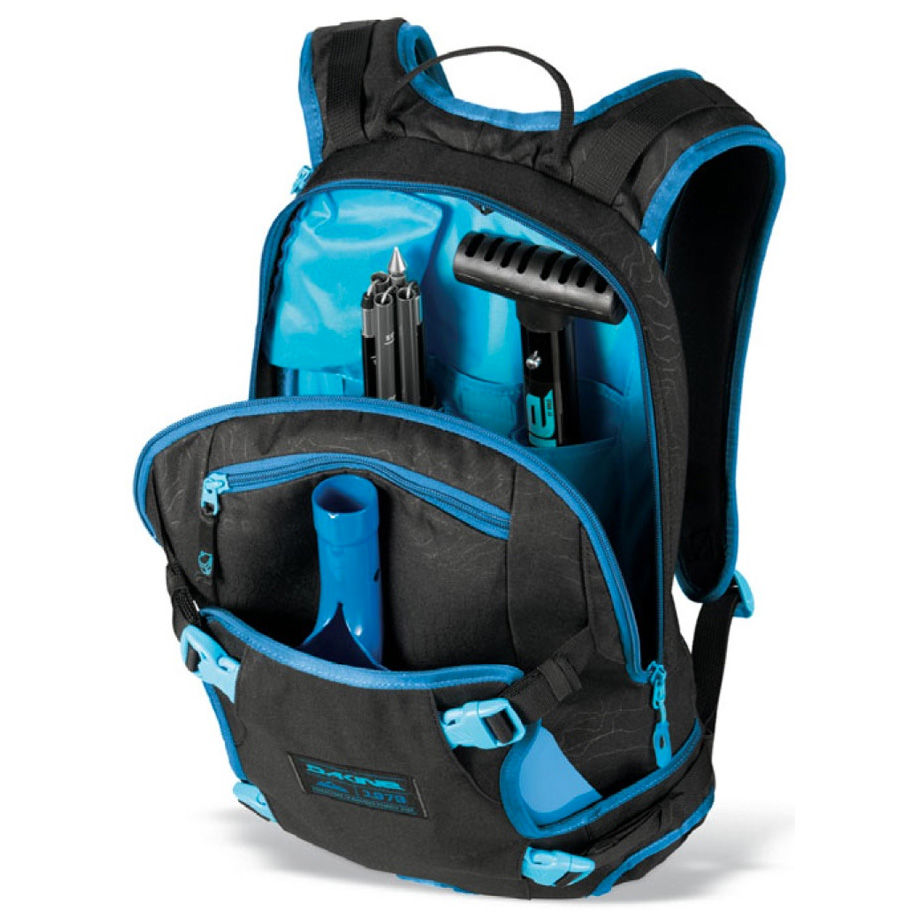 |
Avalanches are not to be fooled with, if you have never seen one or been lucky enough never to experience one, then your only a few Youtube videos away from understanding the wrath that nature can unleash. It should go without saying but silly people like myself usually take warnings like this as a personal challenge and do not understand the full extent of the danger. Do not go Snowboarding in high risk, avalanche warning areas as this is not only for your protection but others that may be on or further down the mountain, ESPECIALLY if your inexperienced and cannot confidently control your board movements and wake. If your really crazy though, and back country after a fresh dump is too much to resist then there are ways of making yourself prepared such as Avalanche Safety courses and equipment. It is recommended not to do one without the other and in a group, never go out alone. Here is a link for information on avalanche safety and various other courses that runs in Chamonix: Avalanche Academy Transceivers could be the difference between life or death for you, your friends or someone else on the mountain when riding back country or even on the slopes. The function of these little gizmos is to send out or receive a signal to/ from another transceiver once an avalanche has occurred to pin point its location in the snow along side the person buried with it. Mountain Rescue also carry receivers and another device called RECCO to try and pin point peoples positions. RECCO is something you should really consider when purchasing your snow clothing and equipment as it is a tiny powerless device that is stitched into certain Ski and Snowboard brands (equipment and clothing) so it is not something you can accidentally leave in the car. The way it works is Mountain Rescue use detectors that send out a signal which bounces off the small device and back to the detector giving the rescuers and area to search for you. For those of you rocking off-piste, you may want to consider bringing a snow shovel and probe as again, if a situation was ever to present itself where they may come of use then this could be the difference between finding someone in time and not. So if your looking to take on bake country and find your own lines then you’ll need to be prepared, check out our Avalanche Safety and Transceivers section! |
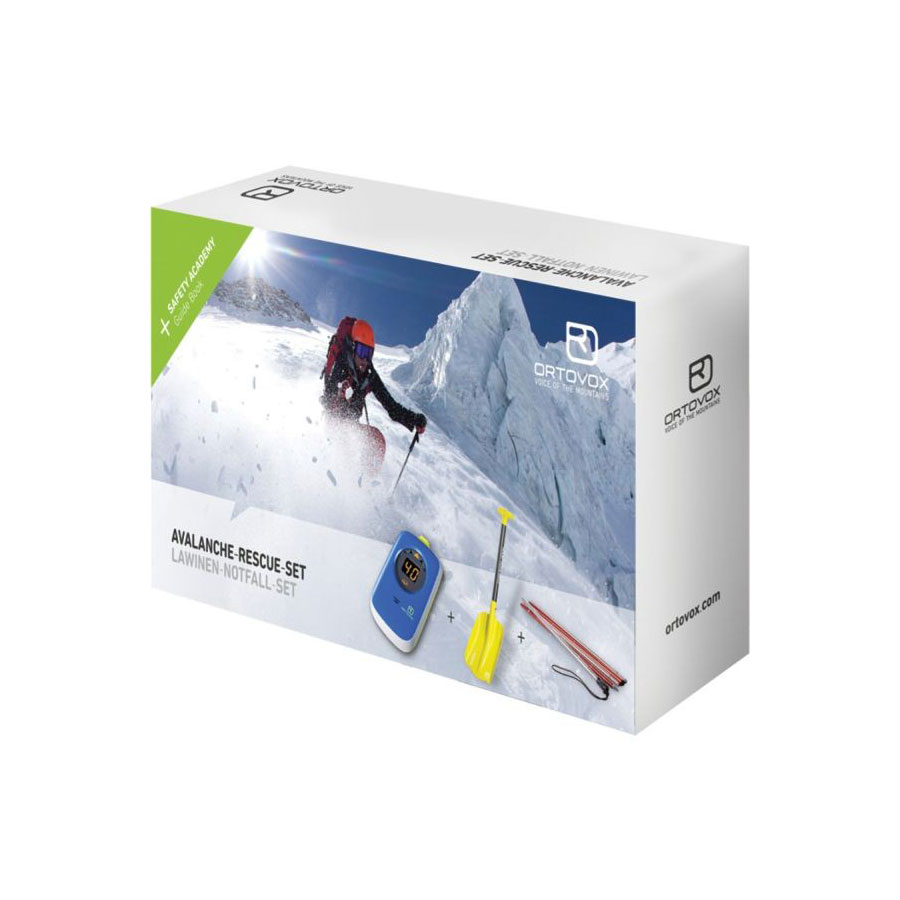 |
|
|
They say you win the lottery of life being born in England, it’s true! We have free health care and a British passport can take us anywhere in the world! Unfortunately however free healthcare does not breach our borders and outside we have to fend for ourselves meaning an accident could cost you an arm or a leg… Literally. I know it’s a drag and maybe seems a waste of money to begin with, but five minutes of your time and for the tiny price of around £15 you can rest assured knowing that if anything where to happen to you a huge bill wont be waiting on the over side. Take it from my experience, accidents happen, especially in these kinds of crazy ass sports. Don’t be silly and get travel insurance! |
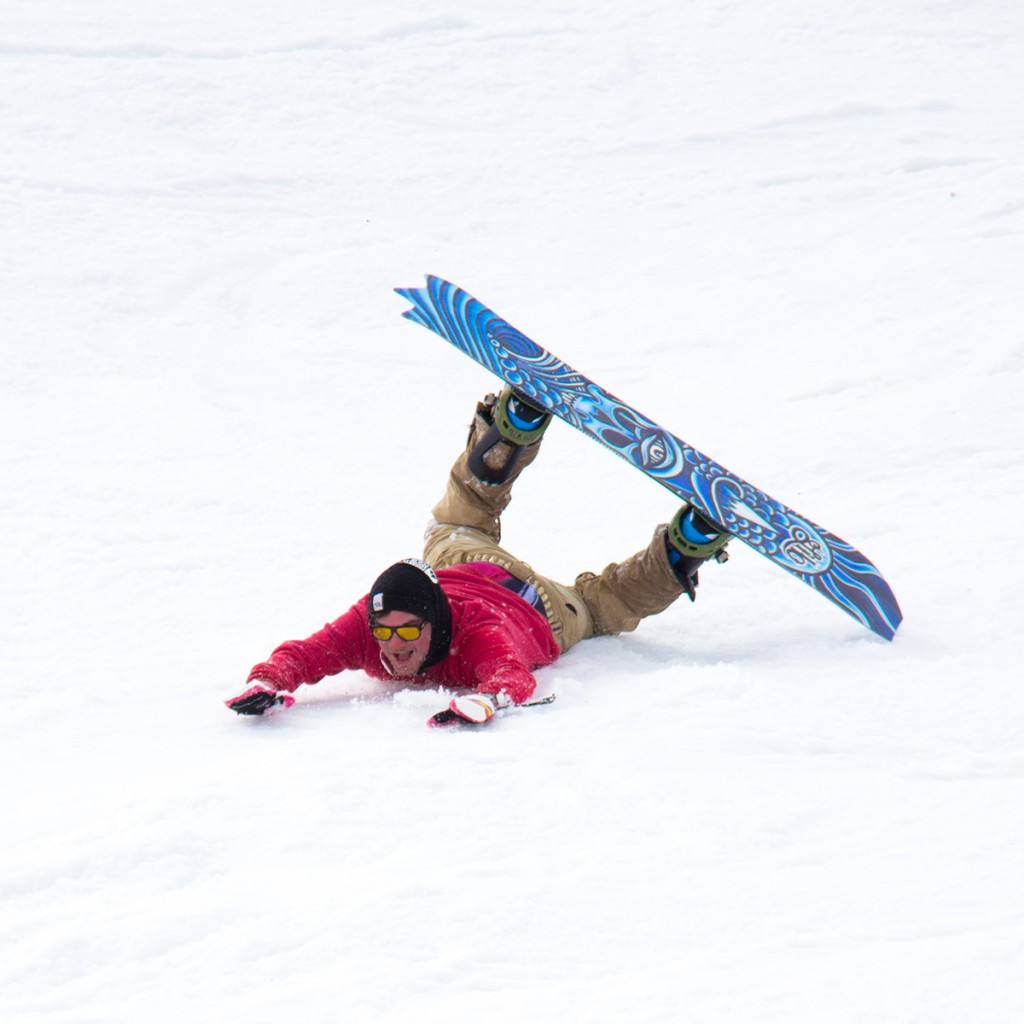
|






